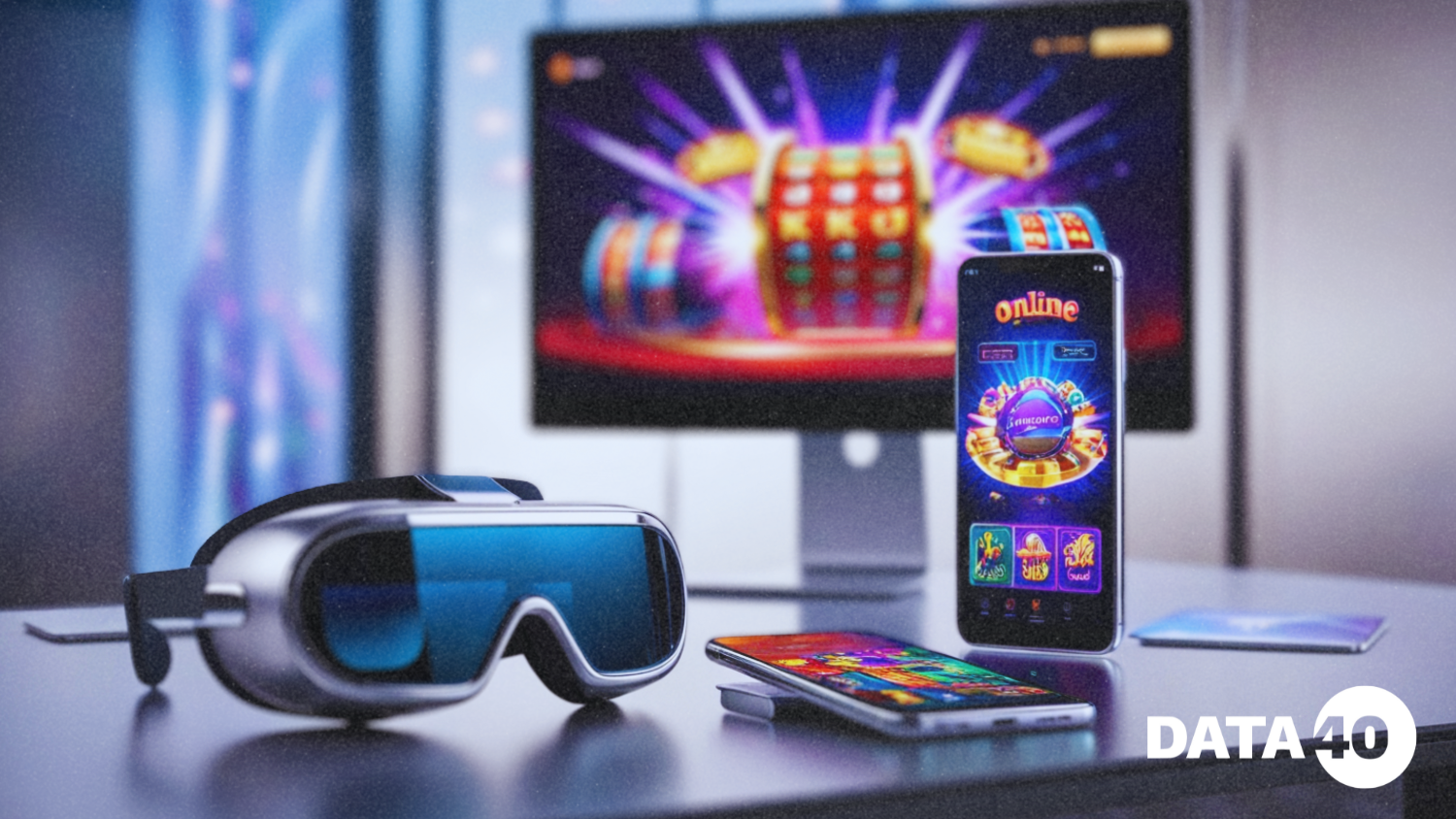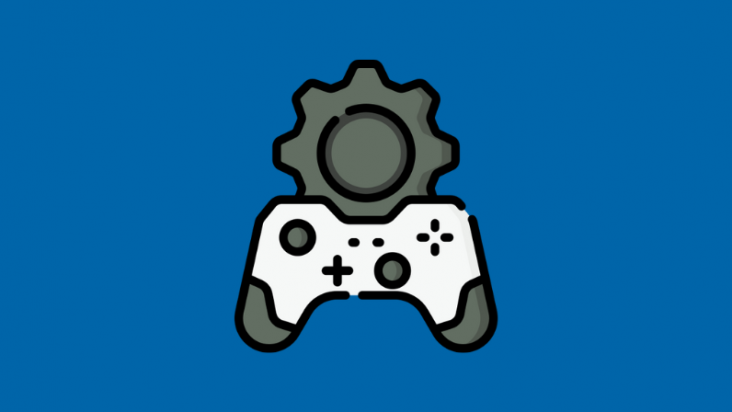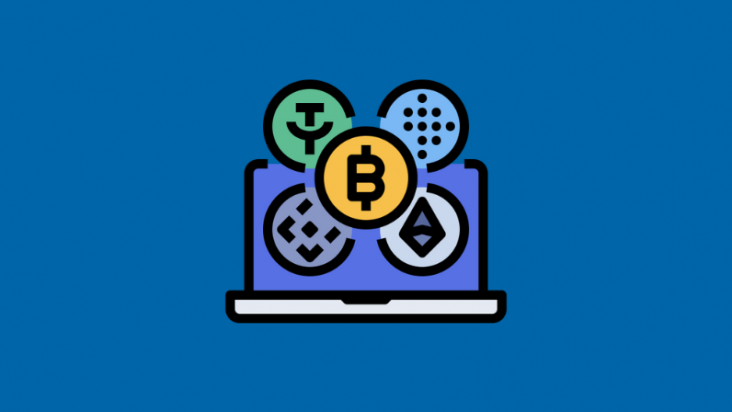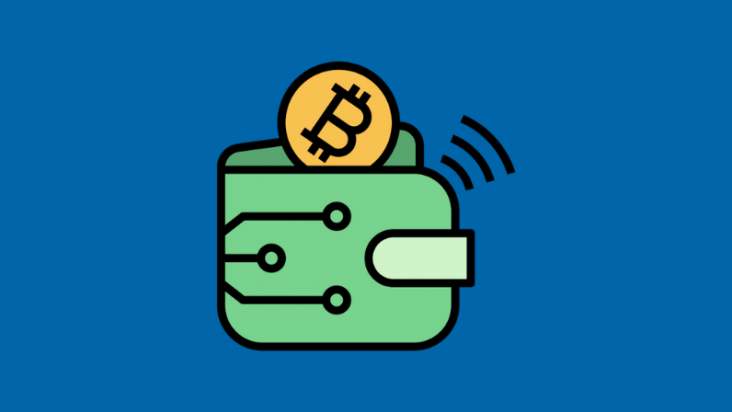

Gamification has emerged as a transformative strategy across various industries, with the gambling sector being no exception. By integrating game-like elements into their platforms, gambling operators aim to attract and retain a broader audience, enhancing user engagement and experience. This approach capitalizes on fundamental psychological principles, leveraging the human desire for achievement, competition, and rewards.
In the gambling industry, gamification extends beyond traditional gameplay mechanics. It introduces features such as levels, leaderboards, challenges, and reward systems that make the experience more interactive and engaging. These elements cater to both seasoned gamblers and newcomers, offering a sense of progression and personalization that traditional gambling platforms often lack.
The significance of gamification lies in its ability to appeal to a wider demographic, including millennials and Gen Z users who are accustomed to gaming experiences in other aspects of their lives. For example, daily challenges, virtual rewards, and social competitions create a sense of community and motivation among users, encouraging frequent participation.
Moreover, gamification allows operators to differentiate themselves in a highly competitive market. By providing unique and dynamic experiences, platforms can establish brand loyalty and extend user lifecycles. Notably, research indicates that gamified experiences can increase user engagement by 100% to 150% compared to traditional approaches, underscoring their effectiveness as a business strategy.
Core Principles of Gamification in Gambling
Gamification integrates game-like elements into gambling platforms to enhance user engagement and motivation. These principles are carefully designed to appeal to human psychology, leveraging the desire for achievement, competition, and rewards.
- Progression Systems: Progression systems, such as levels and experience points, are foundational elements in gamification. Players accumulate points as they engage in activities, providing a visual representation of their advancement. This system fosters a sense of achievement and encourages continued play.
- Achievements and Badges: Rewarding users for completing specific tasks or reaching milestones adds a layer of recognition. Badges or trophies can be displayed on user profiles, creating a sense of accomplishment and encouraging players to pursue more challenges.
- Leaderboards: Competition is a significant motivator. By displaying rankings, leaderboards drive users to improve their performance to outperform peers. This fosters friendly competition and incentivizes frequent participation.
- Quests and Challenges: Time-limited missions and challenges introduce excitement and urgency. Players feel motivated to complete tasks within deadlines to earn exclusive rewards. This keeps users actively engaged over extended periods.
- Rewards and Incentives: Offering bonuses, free spins, or other tangible rewards for completing activities enhances user satisfaction and loyalty. These incentives are key to maintaining engagement.
By combining these elements, platforms can create immersive environments that cater to players’ emotional and psychological needs. The result is a more engaging and rewarding gambling experience, increasing user retention and activity.
Methods of Attracting New Users Through Gamification
Gamification has proven to be an effective tool for attracting and retaining users in the gambling industry. The following methods highlight strategies used to entice new players:
- Welcome Bonuses and Initial Quests: New users are often welcomed with lucrative sign-up bonuses and introductory quests. These features provide immediate value, giving players an incentive to register and explore the platform. For instance, a casino might offer free spins or additional credits upon account creation. These initial rewards can build trust and excitement, encouraging users to engage further.
- Loyalty Programs and Daily Missions: Gamified loyalty programs encourage regular interaction by rewarding users for consistent activity. Daily tasks and missions keep users coming back, creating habitual engagement. For example, a player might earn a bonus for logging in daily or completing a series of bets. These programs significantly boost user retention while fostering long-term loyalty.
- Social Features and Competitions: Adding social elements such as leaderboards, community challenges, and friend invites fosters a sense of belonging. Platforms encourage players to compete or collaborate in real-time, increasing engagement through social connections. Competitions like tournaments, where participants can win significant prizes, are particularly effective at drawing attention.
- Personalized Offers and Retargeting: Using data analytics, platforms can deliver personalized offers tailored to individual preferences and behaviors. For instance, a player who enjoys specific slot games might receive free spins for those games. Retargeting campaigns also play a vital role in attracting users who have disengaged. Personalized ads and exclusive bonuses create a sense of exclusivity and encourage users to return.
- Collaborative Challenges: Introducing collaborative goals encourages users to work together, fostering a sense of community. For example, a platform might set a challenge where players collectively wager a certain amount to unlock rewards for all participants. This approach not only motivates individual players but also strengthens the overall user community.
By leveraging these gamification techniques, gambling platforms can attract a broader audience while maintaining user interest. These strategies capitalize on psychological triggers, creating an interactive and rewarding experience for both new and existing users. As a result, gamification continues to be a driving force behind the growth and success of the gambling industry.
Examples of Successful Gamification in Gambling
Gamification has significantly transformed the gambling industry by enhancing user engagement and loyalty. Notable examples include:
- Progress Bars and Leveling Systems: Many online casinos implement progress bars and leveling systems, allowing players to visualize their advancement and strive for higher levels, which unlock additional rewards.
- Interactive Tournaments: Platforms host interactive tournaments where players compete against each other, fostering a sense of community and competition.
- Leaderboards and Rewards Systems: Leaderboards display top players, motivating users to improve their performance to achieve higher rankings. Rewards systems offer bonuses and incentives based on player activity, encouraging continued engagement.
These gamified elements have been instrumental in attracting and retaining players by making the gambling experience more interactive and rewarding.
Future Prospects of Gamification in Gambling
The future of gamification in gambling is poised to be shaped by several emerging trends:
- Virtual Reality (VR) and Augmented Reality (AR) Integration: The incorporation of VR and AR technologies is expected to provide immersive experiences, allowing players to engage in virtual casino environments from their homes.
- Artificial Intelligence (AI) and Machine Learning: AI and machine learning are anticipated to create dynamic and adaptive gaming environments by analyzing player interactions to adjust difficulty levels and offer personalized promotions.
- Social Interaction and Community Building: Future gamification trends are likely to transform iGaming platforms into social hubs where players can interact, compete, and collaborate, enhancing the overall gaming experience.
These advancements suggest that gamification will continue to play a pivotal role in the evolution of the gambling industry, offering more personalized, immersive, and socially engaging experiences for players.
Transforming Engagement and User Experience
The integration of gamification in the gambling industry has reshaped how users interact with platforms, creating a more engaging, competitive, and rewarding experience. By leveraging game-like elements such as leaderboards, achievements, and progression systems, operators successfully boost user engagement and retention. Furthermore, strategies like welcome bonuses, loyalty programs, and personalized offers effectively attract new users, demonstrating the versatility and impact of gamified solutions.
Looking ahead, advancements in technology, including AI, VR, and AR, promise to revolutionize gamification further, offering immersive and tailored experiences. As social features and community-building tools gain prominence, gambling platforms will increasingly serve as interactive hubs that blend entertainment and competition.
Gamification not only enhances the appeal of gambling but also highlights the industry’s ability to innovate and adapt to evolving user preferences. For operators, these tools represent not just a trend but a cornerstone of modern gambling strategies, paving the way for continued growth and engagement.








